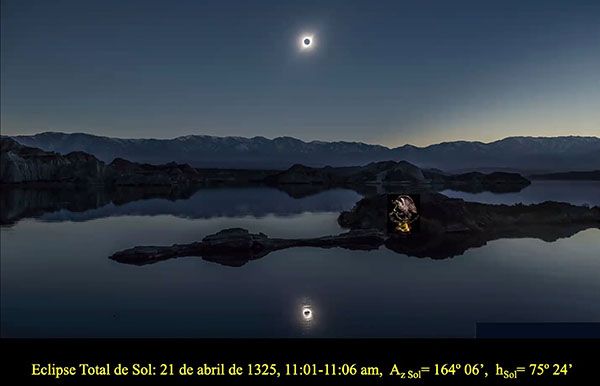Total Solar Eclipse in Mexico-Tenochtitlan Could Have Been a Divine Sign
The scientific version of the archaeoastronomer Jesús Galindo Trejo, affirms that this fact could have been interpreted as a divine manifestation. The International Day of the Moon is commemorated on July 20.





